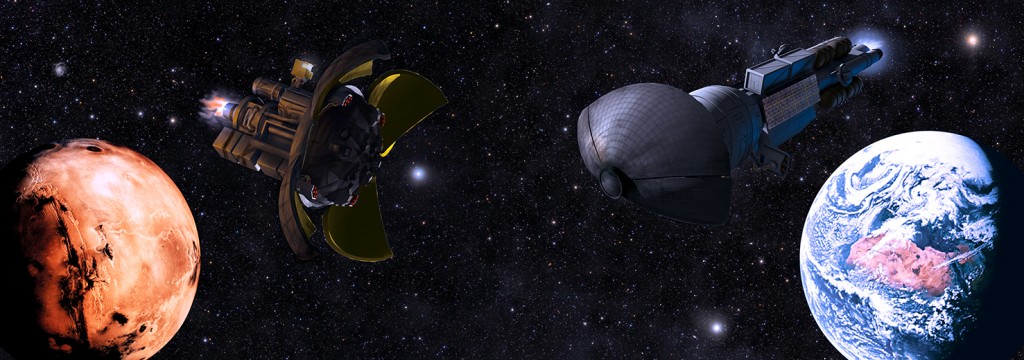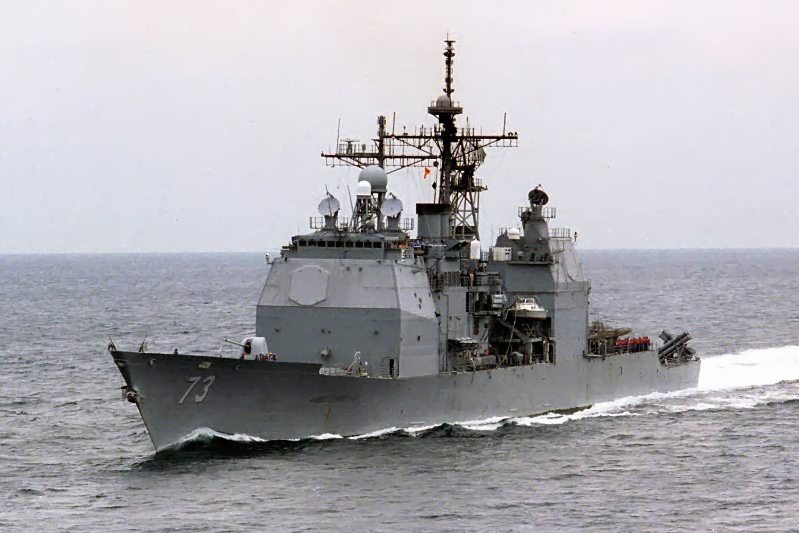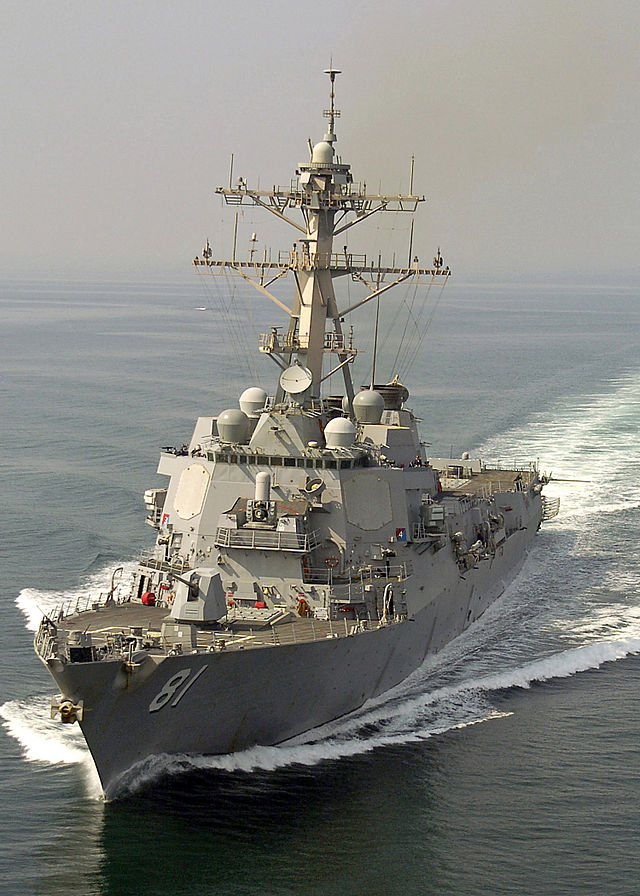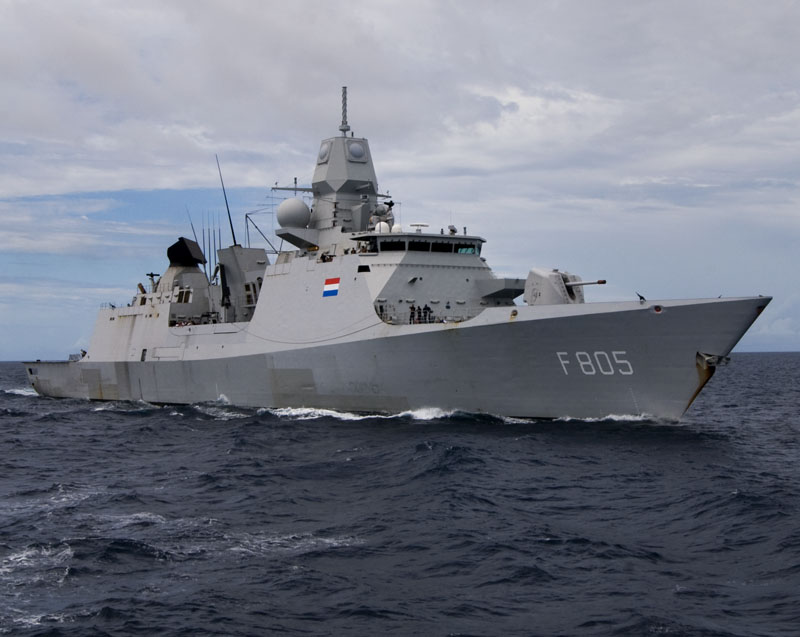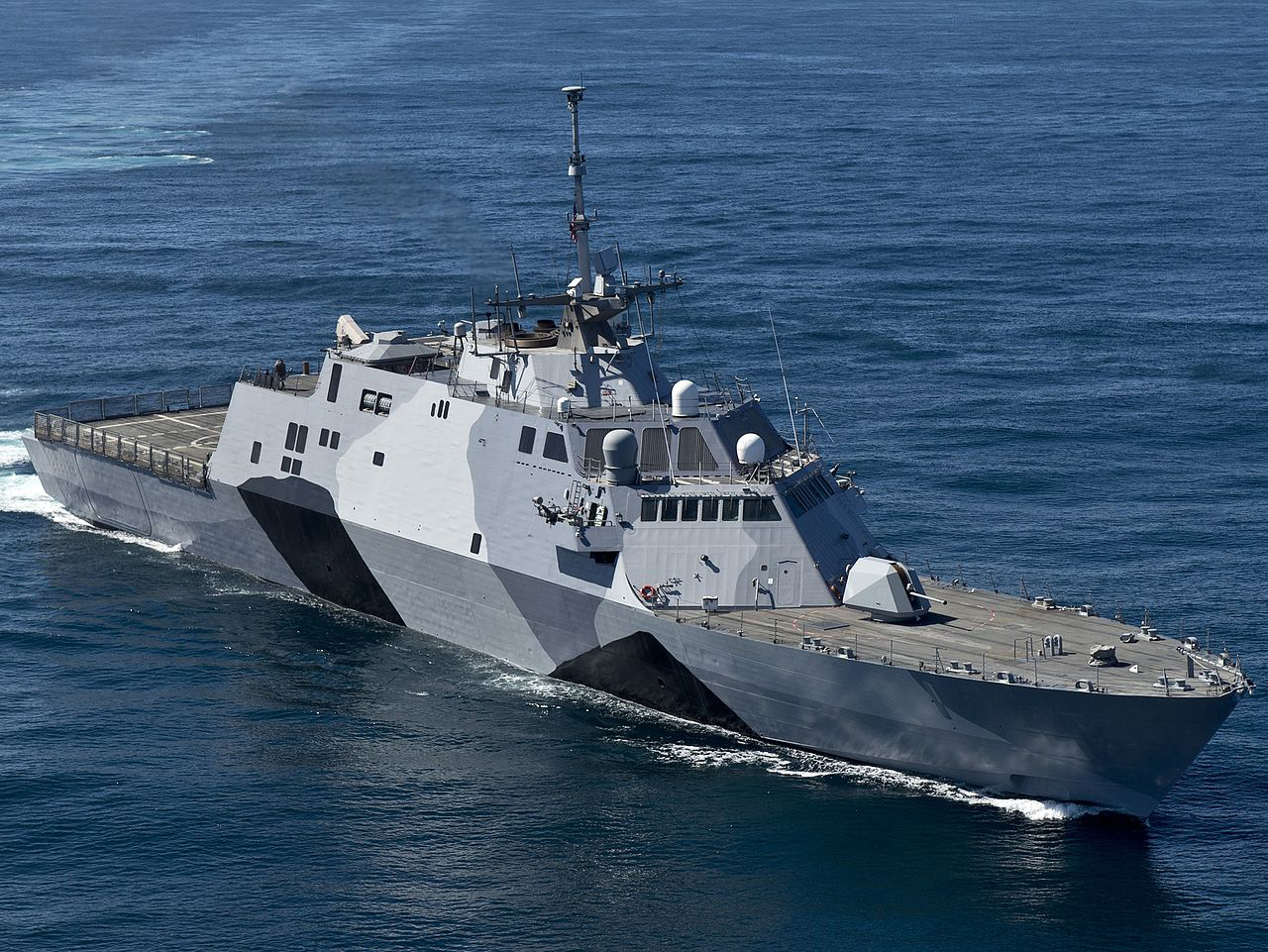This article is a work in progress as I am translating from my original thesis in german. The original will be available for download on this page soon
Being a science fiction fan and somewhat of an astronomy geek for as long as I’ve had the ability to think, the bachelor thesis for my degree in Digital Film Design – Animation presented me with the opportunity to further explore one of my favorite aspects of the genre, spaceships. They represent technical marvels and inspiration by seemingly impossible accomplishments, while being visually compelling. Through the use of pilots or a complete crew they also let the audience experience a dramatic view within an unreachable and adventurous environment. From movies such as Star Trek or the Star Wars Saga to games such as Freelancer or the X – Beyond the Frontier Series the spaceships were always what fascinated me most in science fiction and what made the experience truly epic.
Table of contents
Introduction
Science Fiction
Criteria
The fictional setting (N/A)
Analysis of the design elements (N/A)
The guidelines (N/A)
Application (N/A)
Summary (N/A)
Sources (N/A)
Introduction
The following article is a translation of my Bachelor Thesis on the subject of original spaceship design with an emphasis on the contrast between two opposing forces.
The designer is confronted with two main challenges when designing for science fiction.
The first and most obvious is to make the design visually compelling and to accentuate the given plot. This includes the identification of the stereotypical good and evil factions within the story. The goal is to create an iconic design which means that it can be specifically linked to that title. This is particularly important if the plot of a movie or series closely revolves around a single spaceship such as in Star Trek or Battlestar Galactica which will both be examined in this article.
The second but perhaps in this context more important challenge is the genre’s demand for a seemingly scientific accuracy in the designs of technology. This requires some technical knowledge and makes the use of appropriate real life references of existing technology or scientific theories nessecary to make the impression of plausibility.
To shed some light on the process of designing spaceships this analysis will include titles from popular science fiction movies and TV shows. To verify the resulting guidelines a new spaceship is designed using a rough background story.
Science Fiction
Definition
It is human nature to strive for progress and discovery. The capacity to think beyond current social and technological boundaries ist what created the genre of science fiction. Through it the positive and negative consequences of the human nature can be explored.
The genre therefore deals with hypothetical scenarios that result from projecting or changing current social and technological standards. This is often expressed through futuristic settings or the confrontation with unusual problems such as alien invasions or travelling to unknown places.
An important difference to other fictional genres such as fantasy is its effort so seem rational and plausible.
While beeing older than actual spaceflight itself the genre now often fortells fictional advancements based on the continuation of current technology and has produced a great number of fictional spacecraft.
Criteria
The analysis of a spaceship can be based on technical details, its relevance for the plot or purely esthetic criteria. The criteria in this analysis were chosen to consider a broad spectrum of design elements for spaceships of opposing forces and may differ according to the title. This also involves the comparison of specific elements that indicate the allegiance and function of a spaceship within the given story. For every element there will be a comparison between spaceships within the Star Wars, Star Trek and Battlestar Galactica Universes beginning with the spaceship for which the most information was available.
military vessels
This analysis will focus on the designs of large military spaceships. The chosen TV and Movie titles were produced in the USA so it can be assumed that the themes and visuals of the production will be influenced by the US military, NASA and political or historical events of the country. Those influences can then be found within the designs of the spaceships. This suggests seeking similar references for a new design.
The US-Navy defines warships as water vehicles that have been built or retroactively equipped for combat. This means that former civilian craft can also be considered warships if they carry weapons. There are different classes to assign to ships according to their weight, armament and armouring. The classes used in modern naval combat are aircraft carriers, cruisers, destroyers, frigates and the new littoral combat ship followed by several variants of submarines and support craft. The classification of ships has changed greatly over the course of time. One significant change is the famous battleship that has been completely replaced by aircraft carriers as the largest warship but is still featured prominently in movies and used as reference for spaceships.
good against evil
The differences between the protagonist and the antagonist are of special interest here. If there is a conflict between two or more forces it is important to easily distinguish each party. Traditionally the audience is accustomed to designs that allow them to identify with the protagonist and dislike the antagonist. Using familiar shapes and existing technology either from the past or from recent developments for the protagonists increases their value of recognition. This will presumably make that party more likable. For the opposite effect the other party will tend to look more exotic and foreign. This can be achieved through the use of geometric and abstract shapes, unusual coloring and unconventional technology. For an extreme effect the antagonists’ spaceships can have insectoid or reptillian features which can make them seem hostile and perhaps even repulsive.
To seem rational and plausible as required by the genre of science fiction it is important to apply basic knowledge of engineering and the natural sciences. This can be done superficially in most cases as the common audiences have a high tolerance towards physical or technical inaccuracies. An easy way to achieve acceptance and recognizability without too much complexity is to plant a fictional explanation within the story.
To be continued
